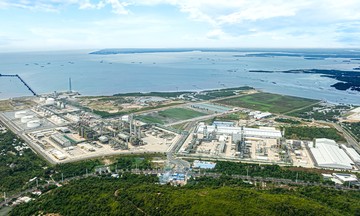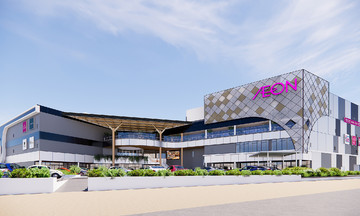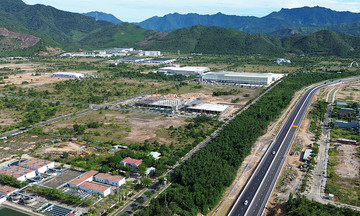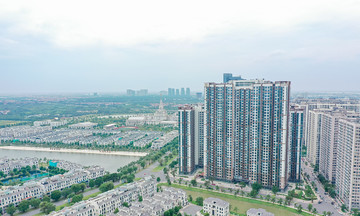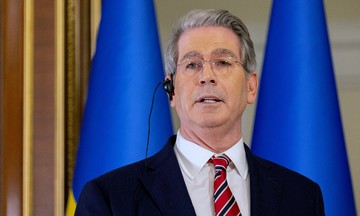Ho Chi Minh City's Department of Industry and Trade reported on the progress of Free Trade Zone (FTZ) research projects within the city. The 4 proposed FTZs aim to maximize the advantages of seaport infrastructure, boosting maritime economic development, logistics, and urban growth. The city envisions developing a smart port and logistics cluster in Cai Mep - Thi Vai - Can Gio, creating a mega-port operated by big data, optimizing supply chains, reducing emissions, and becoming a leading international trade gateway in Southeast Asia.
The Can Gio FTZ is planned for an area connected to the Can Gio International Transshipment Port project and Ganh Rai bay, with an expected area of 1,000-2,000 hectares. This strategic location positions Can Gio as an international trade gateway, directly connecting major shipping routes.
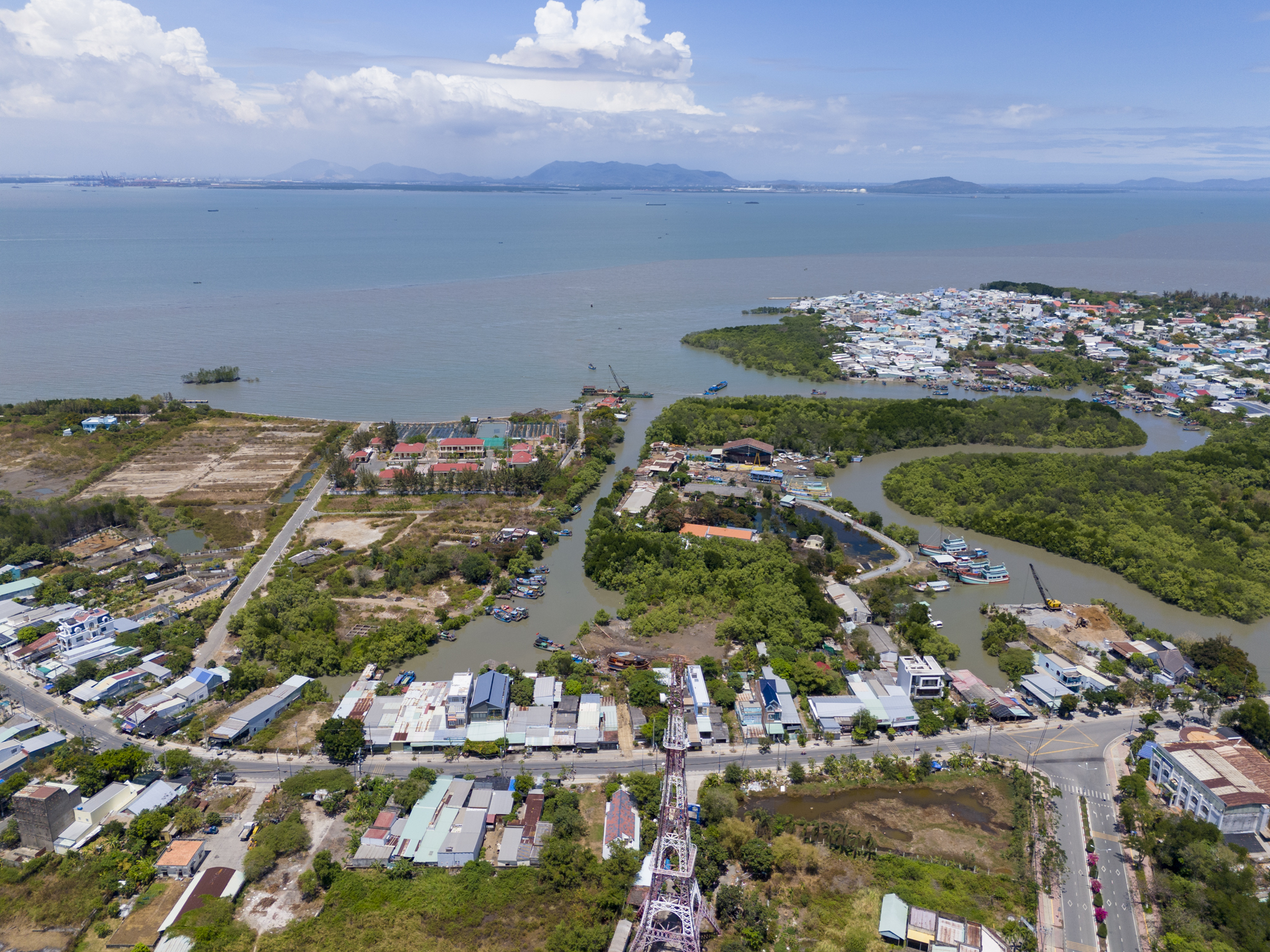 |
Can Gio is being considered by Ho Chi Minh City for a free trade zone. Photo: Quynh Tran |
Can Gio is being considered by Ho Chi Minh City for a free trade zone. Photo: Quynh Tran
The Cai Mep Ha FTZ, located in Phu My town, Ba Ria - Vung Tau province, sits near the Cai Mep - Thi Vai international seaport. Covering about 3,700 hectares, it is divided into three functional zones with 8 sub-zones. The first functional zone, comprising 5 sub-zones totaling over 1,735 hectares, serves as a transportation hub (seaport, inland waterway port, and railway station). The second, with 2 sub-zones totaling over 1,178 hectares, focuses on logistics warehouses and industry. The third, spanning over 850 hectares, is dedicated to high-tech industry, urban development, and services.
The Bau Bang FTZ, formerly in Binh Duong province, is located along the Cai Mep - Thi Vai Port and Moc Bai (Tay Ninh) border gate connection. It's near the Bau Bang international railway station on the Ho Chi Minh City - Loc Ninh line. Covering about 100 hectares, it aims to be a transit point for goods from the Central Highlands and Cambodia to the seaport.
The An Binh FTZ, also formerly in Binh Duong province, is near the Song Than dry port and well-connected to the Cai Mep - Thi Vai Port and Moc Bai border gate. Spanning 100 hectares, it serves both road and international rail transport.
According to Ho Chi Minh City's Department of Industry and Trade, the FTZ research projects have attracted interest and support from domestic and international investors such as DP World, VinGroup, and the Geleximco Joint Venture. However, the projects face challenges: incomplete legal frameworks for FTZs, a lack of specific policies, and difficulties in creating tailored policies due to conflicts with existing regulations, including tax exemptions, investment incentives, and land policies.
The Department of Industry and Trade proposes adding special mechanisms and policies for FTZs to Resolution 98. These policies should be open, flexible, and diverse to attract investors and facilitate business activities within the FTZs.
A free trade zone is a special economic area within a country's territory but operates under special customs, tax, and administrative procedures, offering incentives to promote trade, production, and logistics.
Le Tuyet






